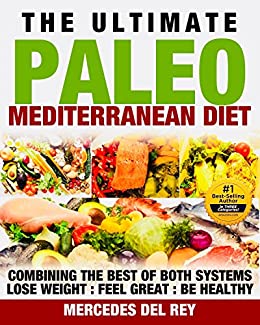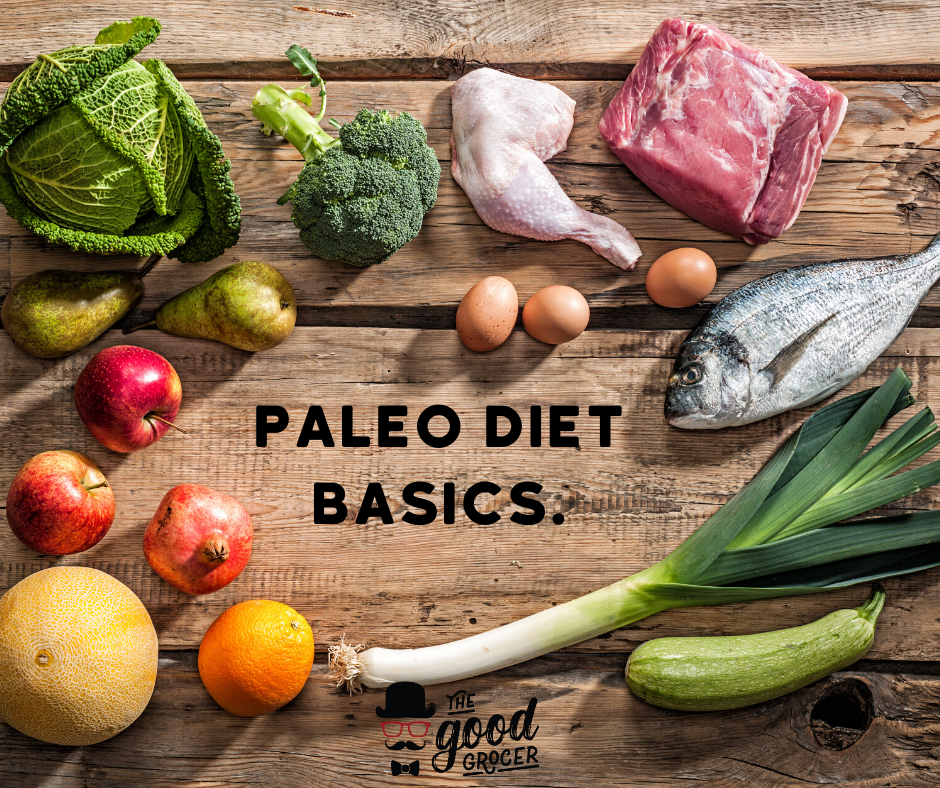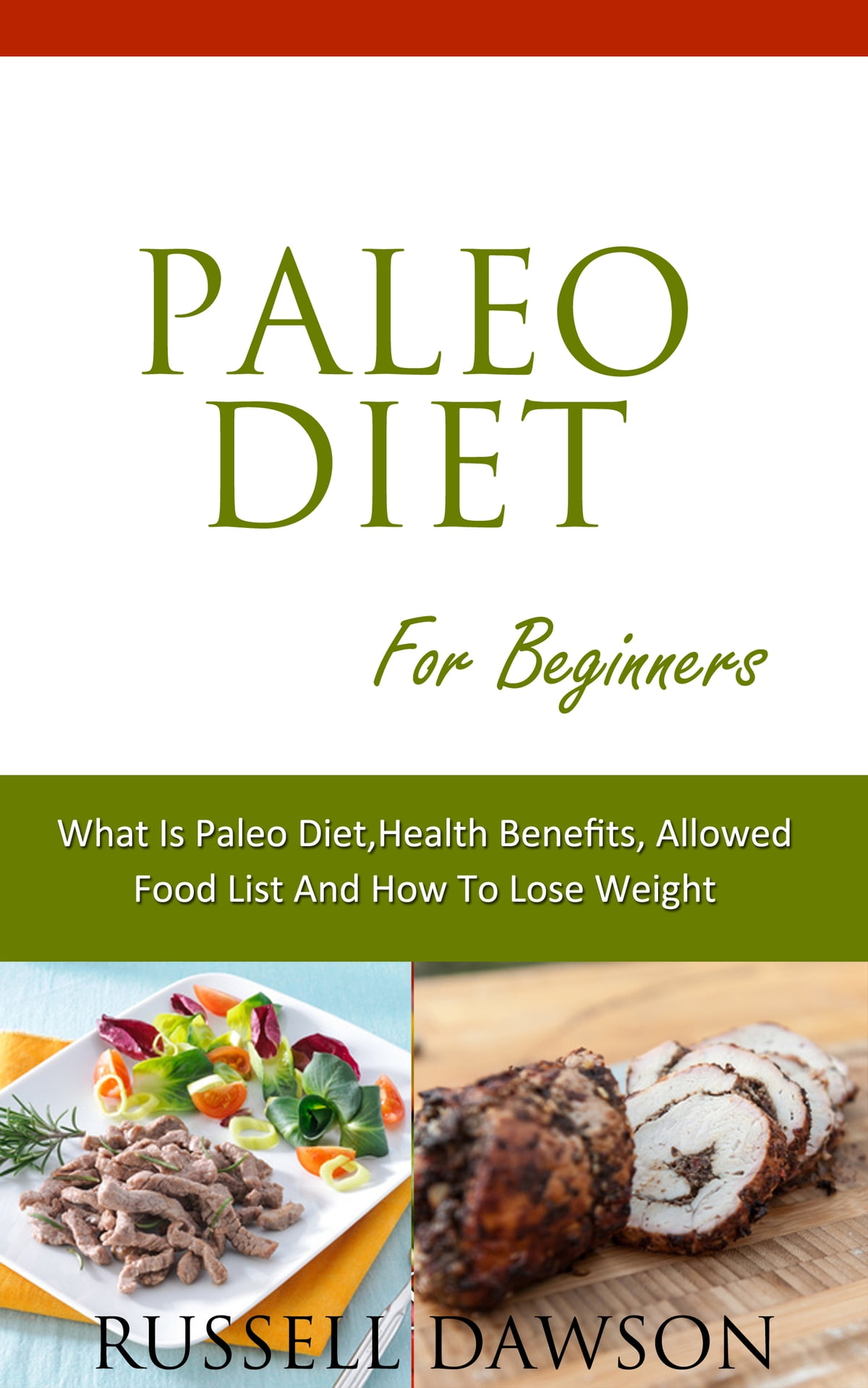
A paleo diet may be helpful for those suffering from RA. It has been proven to reduce symptoms. Phytochemicals in fruits and vegetables can reduce inflammation. Fish oil supplements could also be beneficial. This article will cover the benefits of fruit- and vegetable-based treatments for RA. Finally, this article will discuss why fruits and veggies are so beneficial to RA. Here are some tips for a healthy diet for RA:
RA symptoms are reduced with fish oil supplements
In a 2012 study, researchers examined the effects that fish oil had on RA. The role of EPA as well as DHA was also examined by the researchers. One study found that patients with active RA needed fewer pain medications when they took fish oil supplements. This finding was based on people who live in warm environments. Further research is needed to confirm the benefits of fish oil in reducing RA symptoms. The findings suggest that fish oils may be an effective alternative for existing treatments.
Another study found that fish oil supplementation was associated two years later with better pain and function. Although the supplement does not reduce RA symptoms as well, the dose is not significantly different from the placebo or treatment groups. A small percentage of patients with RA were affected by fish oil supplementation. Although the benefits of fish oil supplementation on RA symptoms are promising the current guidelines don't recommend it for treatment of OA. There is little evidence of the effectiveness of fish oil supplements in treating OA. Also, quality control has been a problem.
High-fiber diet lowers C-reactive protein levels
Research has shown that high fiber diets can help reduce symptoms of experimental joint disease in animals. In a feasibility study of RA patients, high-fiber dietary supplements decreased the levels of a marker of intestinal inflammation, zonulin. Zonulin, a calcium-binding protein, regulates intestinal permeability. It also disintegrates tight junctions. The dietary intervention restored intestinal microbial equilibrium and stimulated the release of beneficial immunomodulatory compounds.

However, there was no causal link between diet changes and disease activity. The study examined the impact of dietary changes on inflammation. However, high-fiber diets have many benefits. A nutrient-dense, high-fiber diet may lower the risk of cancer, heart disease, and obesity. It can also affect the symptoms and signs of rheumatoidarthritis.
Fruits and vegetables help control inflammation
For people suffering from rheumatoid, eating plenty of fruits and veggies has many health benefits. Berries are a good source of antiinflammatory compounds. They can also come in dehydrated form. You can add them into stir-fries, or to salads. They are great sources of fiber and can help curb the desire for sugary snacks. Tintins are another powerful anti-inflammatory agent found in berry fruits such as pomegranates.
Watermelon is an excellent source of vitamin A and C. It also contains high amounts of water. Watermelon can also serve as a snack and is an excellent choice for hosting a BBQ. Garlic, on one hand, contains sulfur compounds which may help control inflammation. Garlic is a good source for vitamin C. Thiacremonone may also be beneficial in reducing inflammation.
Low-fat diet improves RA symptoms
Studies show that a low-fat diet improves symptoms of rheumatoid arthritis. Monounsaturated oils are good for the body, as they may decrease inflammation and may help with RA symptoms. Consuming lots of colorful vegetables and fruits can increase your intake of antioxidants. Antioxidants are a great way to improve RA symptoms and reduce inflammation. Doctors recommend a low-fat diet for RA patients. However, this must be accompanied with medical advice.
People with RA may have food sensitivities that are very variable. Different grains can trigger different immune responses. Some people develop antibodies against gluten, while others don't. Gluten can cause inflammation other than in the small intestine. Patients who are sensitive to gluten might experience fewer symptoms of RA. There is no way to tell if you are gluten sensitive.
Mediterranean diet

Mediterranean diets for RA are rich in anti-inflammatory nutrients. They also help to reduce inflammation. A good choice is to eat antioxidant-rich fruits and vegetables. These include oranges, melons and carrots as well as berries, melons, broccoli, melons and carrots. Turmeric, which has been shown to reduce blood clotting in studies, is an excellent addition to the Mediterranean diet. While the Mediterranean diet may not be a cure-all, this is a good place where to start.
A paleo-like diet, which is based on the food our ancestors ate, is another popular diet for rheumatoid. Red meat, while Paleo emphasizes the importance of eating anti-inflammatory foods can also have an adverse effect. You should also avoid processed foods. It is important to reduce your consumption of red meat. Red meat is fine to be consumed in moderation. But it can also have the opposite effect.
FAQ
How Can I Get Hired As a Cook?
Word of mouth can help you get a job as an experienced cook. Friends and family might know of a restaurant in need of additional staff. Also, restaurants often advertise openings on bulletin boards and websites.
How can leftovers be stored in the most efficient way?
Tupperware containers work well for leftovers. These containers keep food fresh and prevent odors forming. They also keep foods warm for longer. Remaining food can be frozen in freezer bag. To prevent air from escaping, freeze food in a bag. Once the food has frozen, you can transfer it to an airtight container like a zipper lock bag.
Do I need any special equipment to cook?
No, you don't need any special equipment to learn to cook. However, it can be easier to use the right tools. For example, you could use a knife instead of a fork to eat pasta or a whisk instead of a hand mixer to whip egg whites into stiff peaks. You can make cooking more enjoyable and easier by having the right tools.
Which career path is best for someone who wants a career as a chef or chef? How can I get started in my career as an chef?
An apprenticeship is a good way to start your career as a chef. Apprenticeships give you the opportunity to work for many years without having to pay tuition fees. After your apprenticeship is completed, you can apply to be a sous chef. Sous chefs supervise cooks and assist them with tasks like making salads and desserts. They also oversee the entire operation of the restaurant.
Do I need to go to culinary school to be a chef?
No. Many chefs started their careers by learning on their own. Some chefs even attended culinary school to gain more experience. Many chefs prefer to attend culinary school for the increased opportunities to learn and grow as professionals. Culinary schools provide hands-on training that helps students develop valuable skills and enhance their culinary knowledge.
What does a culinary program cost?
Culinary school costs vary depending on where you go, how long you study, and what program you choose. The average tuition cost is $10,000-$30,000 annually. Most students graduate with about $20,000 in debt. However, some programs offer scholarships, grants, and work-study opportunities.
How to Become a Chef?
There are many avenues to become a professional chef. A course at a local community college or vocational school is a good place to start. Next, consider attending culinary school. A paid internship is another option.
Statistics
- under 10 Kids have been taught that there is special food just for them, and Fiese says that 10 percent of kids will throw a tantrum if they don't get the food they want. (washingtonpost.com)
- On average, chefs earn $58,740 a year, according to the BLS. - learnhowtobecome.org
- The median pay for a chef or head cook is $53,380 per year or $25.66/hour, according to the U.S. Bureau of Labor Statistics (BLS). (learnhowtobecome.org)
External Links
How To
How to make a perfect omelet
Omelets are a favorite breakfast food of mine. But how do they turn out so perfectly? There are many recipes and methods I tried, but none worked. So today, I want to share some tips and tricks with you so you can make your own delicious and fluffy omelets every morning.
First, eggs can be very temperamental ingredients for making omelets. It is important that eggs are fresh from an organic market and kept cool until used. You must keep them cool enough to allow the whites to form properly and the yolks to become too runny if they're not kept at the right temperature. Your omelets will look strangely colored if this happens. If you want to make omelets right away, it's best not to use eggs that are too cold.
You can also separate the egg before you add it to the pan. The yolk and white should not be mixed together as this can cause the omelet's curdle.
You could end up burning the bottom half of the egg if the egg is added directly to the heat source. Instead, put the egg in the microwave for 10 seconds before putting it into the pan. The microwave heat cooks your egg just right, without it becoming too soft.
Next, let’s talk about mixing the egg. You want to mix the eggs thoroughly before you add them. Turn the bowl upside down and grab the whisk to do this. Next, shake the bowl vigorously. By doing this, the egg is thoroughly mixed with the air in the bowl.
Now it's time to have fun: pour the milk into the mixture. The first step is to pour half of the milk in the beaten eggs. Next, fold the eggs into the remaining milk. Do not be alarmed if there are still egg streaks visible. Once the omelet flips, these streaks will disappear.
After folding the eggs fold the pan onto medium heat. When the oil starts to hot, wait for the pan to cook. Once the oil begins to heat, add 1/4 cup butter and swirl the pan to coat it. Carefully open the pan's lid and add salt to the pan. An additional pinch of salt will prevent the omelet form sticking to your pan.
Once the omelet has formed, cover the pan again and wait for the top side to set completely. Flip the omelet by using a spatula. Cook the opposite side for another minute. Serve immediately after removing the omelet from its pan.
This recipe works best using whole milk. Skimmed milk is also possible.